bahmanm
Husband, father, kabab lover, history buff, chess fan and software engineer. Believes creating software must resemble art: intuitive creation and joyful discovery.
Views are my own.
- 70 Posts
- 174 Comments
Thanks. Bookmarked the site. Also noted RE age.
Thanks. I’d go the online route if my kid was a few years older but given the age, I believe in-person lessons are the best for now.
Thanks. Bookmarked.
 1·1 year ago
1·1 year agoUPDATE: lemmy.ml is now on lemmy-meter 🥳
Good question!
IMO a good way to help a FOSS maintainer is to actually use the software (esp pre-release) and report bugs instead of working around them. Besides helping the project quality, I’d find it very heart-warming to receive feedback from users; it means people out there are actually not only using the software but care enough for it to take their time, report bugs and test patches.
“Announcment”
It used to be quite common on mailing lists to categorise/tag threads by using subject prefixes such as “ANN”, “HELP”, “BUG” and “RESOLVED”.
It’s just an old habit but I feel my messages/posts lack some clarity if I don’t do it 😅
 1·1 year ago
1·1 year agoI usually capture all my development-time “automation” in Make and Ansible files. I also use makefiles to provide a consisent set of commands for the CI/CD pipelines to work w/ in case different projects use different build tools. That way CI/CD only needs to know about
make build,make test,make package, … instead of Gradle/Maven/… specific commands.Most of the times, the makefiles are quite simple and don’t need much comments. However, there are times that’s not the case and hence the need to write a line of comment on particular targets and variables.
 1·1 year ago
1·1 year agoCan you provide what you mean by check the environment, and why you’d need to do that before anything else?
One recent example is a makefile (in a subproject), w/ a dozen of targets to provision machines and run Ansible playbooks. Almost all the targets need at least a few variables to be set. Additionally, I needed any fresh invocation to clean the “build” directory before starting the work.
At first, I tried capturing those variables w/ a bunch of
ifeqs,shells anddefines. However, I wasn’t satisfied w/ the results for a couple of reasons:- Subjectively speaking, it didn’t turn out as nice and easy-to-read as I wanted it to.
- I had to replicate my (admittedly simple)
cleantarget as a shell command at the top of the file.
Then I tried capturing that in a target using
bmakelib.error-if-blankandbmakelib.default-if-blankas below.############## .PHONY : ensure-variables ensure-variables : bmakelib.error-if-blank( VAR1 VAR2 ) ensure-variables : bmakelib.default-if-blank( VAR3,foo ) ############## .PHONY : ansible.run-playbook1 ansible.run-playbook1 : ensure-variables cleanup-residue | $(ansible.venv) ansible.run-playbook1 : ... ############## .PHONY : ansible.run-playbook2 ansible.run-playbook2 : ensure-variables cleanup-residue | $(ansible.venv) ansible.run-playbook2 : ... ##############But this was not DRY as I had to repeat myself.
That’s why I thought there may be a better way of doing this which led me to the manual and then the method I describe in the post.
running specific targets or rules unconditionally can lead to trouble later as your Makefile grows up
That is true! My concern is that when the number of targets which don’t need that initialisation grows I may have to rethink my approach.
I’ll keep this thread posted of how this pans out as the makefile scales.
Even though I’ve been writing GNU Makefiles for decades, I still am learning new stuff constantly, so if someone has better, different ways, I’m certainly up for studying them.
Love the attitude! I’m on the same boat. I could have just kept doing what I already knew but I thought a bit of manual reading is going to be well worth it.
 1·1 year ago
1·1 year agoThat’s a great starting point - and a good read anyways!
Thanks 🙏
 1·1 year ago
1·1 year agoAgree w/ you re trust.
 1·1 year ago
1·1 year agoThanks. At least I’ve got a few clues to look for when auditing such code.
 1·1 year ago
1·1 year agoOh, neat!
On another note: ~2 mins looks like rather a “long” window of maintenance/disruption for what Cloudflare is 🙈

 3·1 year ago
3·1 year agoI’m not an 1.e4 or Sicilian player but this smells like wild tactical variations early in the game.

 3·1 year ago
3·1 year agoDone ✅
Thanks for your interest 🙏
Please do drop a line in either !lemmy_meter@lemmy.ml or #lemmy-meter:matrix.org if you’ve got feedback/ideas for a better lemmy-meter. I’d love to hear them!
Oh and feel free to link back to lemmy-meter from Blåhaj if you’d like to, in case you’d prefer the community to know about it.

 1·1 year ago
1·1 year agoUpdate 1
lemmy.one is added to lemmy-meter 🥳
Please do reach out if you’ve got feedback/suggestions/ideas for a better lemmy-meter 🙏
You can always find me and other interested folks in

 2·1 year ago
2·1 year agoOh, sorry to hear that 😕
I think I’ll just go ahead and add you folks to lemmy-meter for now. In case you want to be removed, it should take only a few minutes.
I’ll keep this thread posted once things are done.
 2·1 year ago
2·1 year agoIt’s on 🥳
If you’ve got questions/feedback/ideas please drop a line in either
Thanks for showing interest 🙏

 3·1 year ago
3·1 year agoUpdate
sh.itjust.works in now added to lemmy-meter 🥳 Thanks all.
I didn’t like the capitalised names so configured xdg to use all lowercase letters. That’s why
~/optfits in pretty nicely.You’ve got a point re
~/.local/optbut I personally like the idea of having the important bits right in my home dir. Here’s my layout (which I’m quite used to now after all these years):$ ls ~ bin desktop doc downloads mnt music opt pictures public src templates tmp videos workspacewhere
binis just a bunch of symlinks to frequently used apps fromoptsrcis where i keep clones of repos (but I don’t do work insrc)workspaceis a where I do my work on git worktrees (based offsrc)

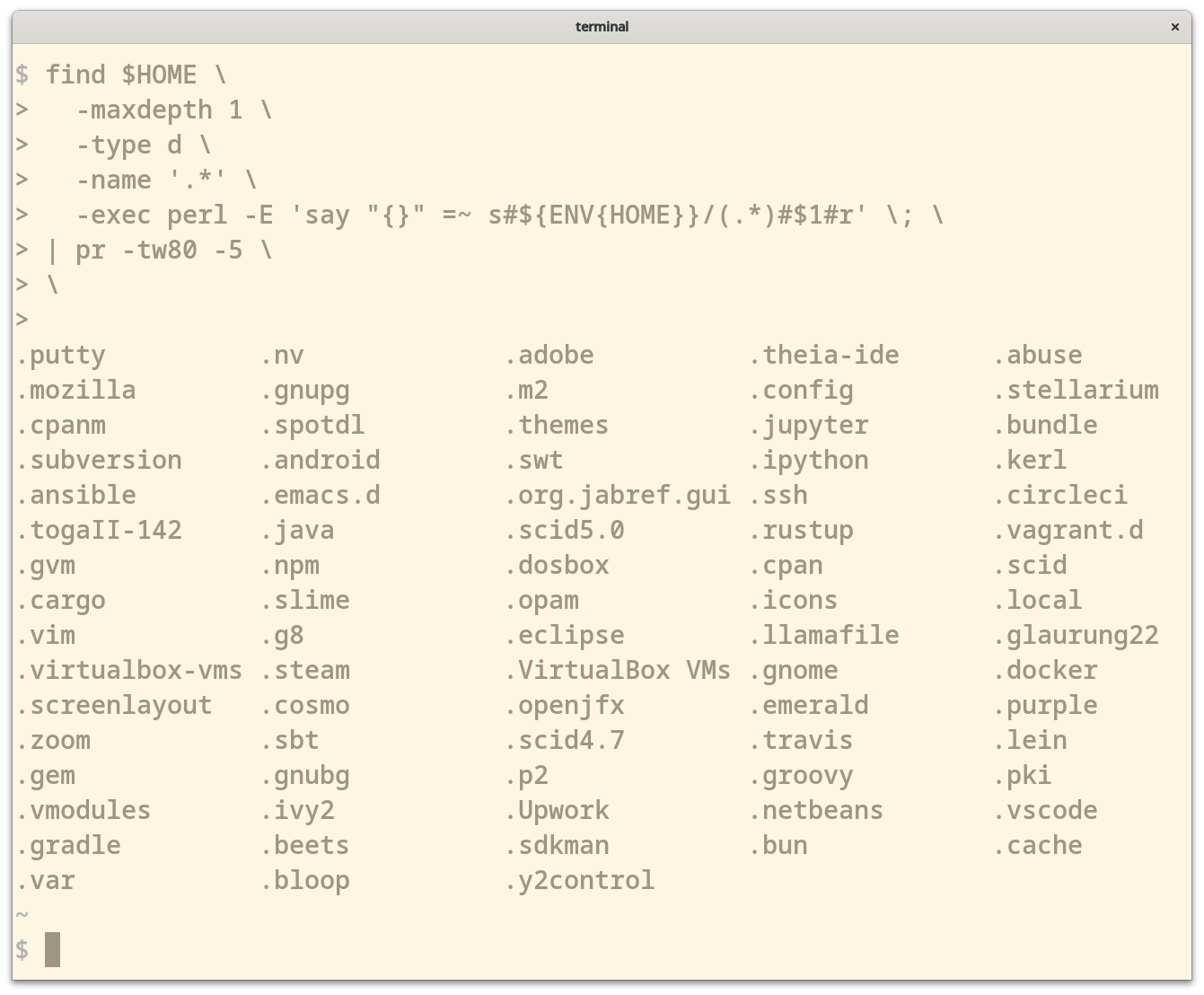


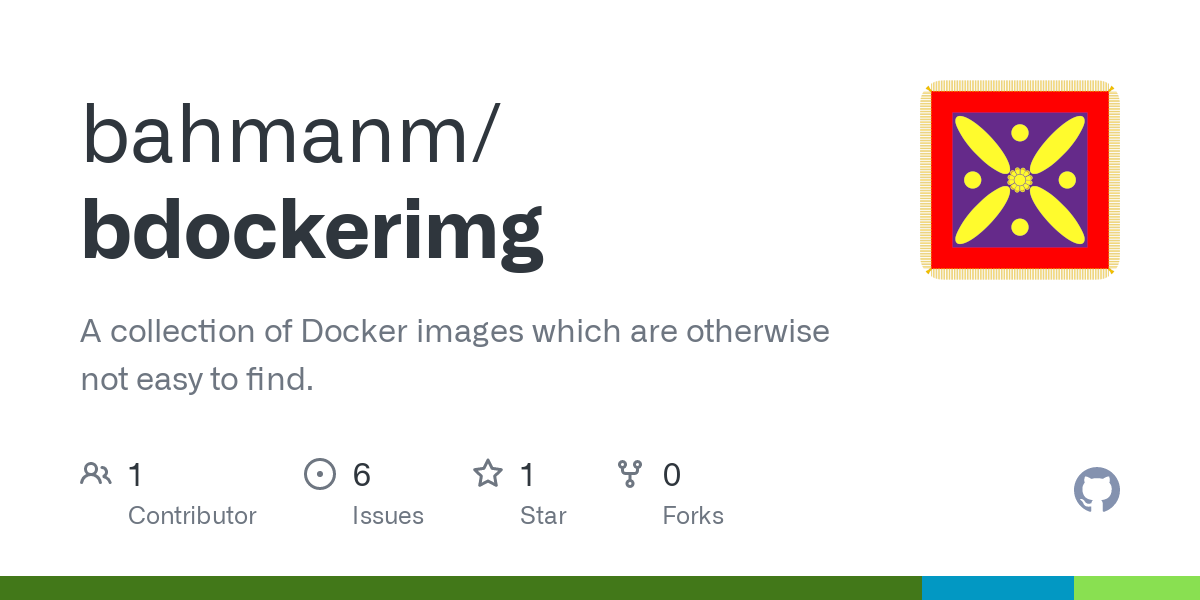

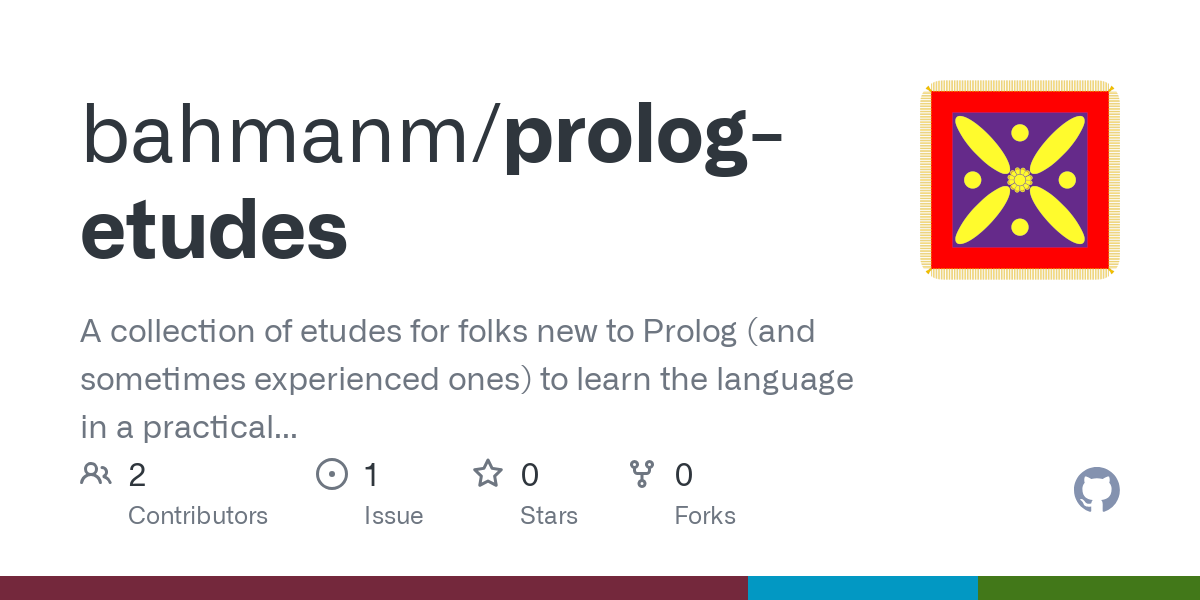
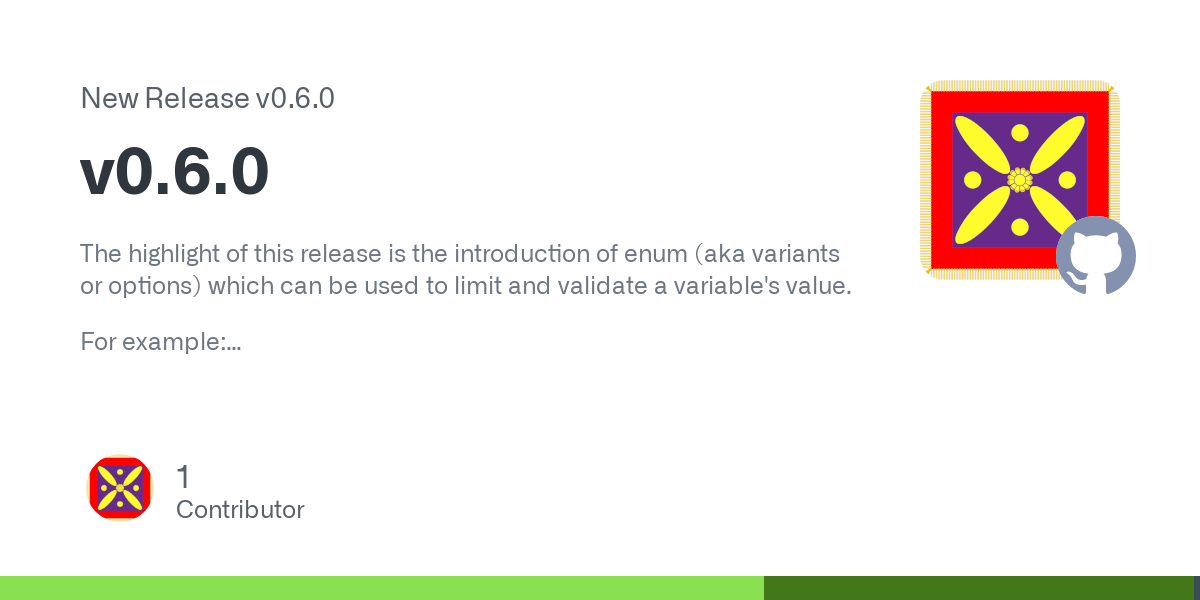


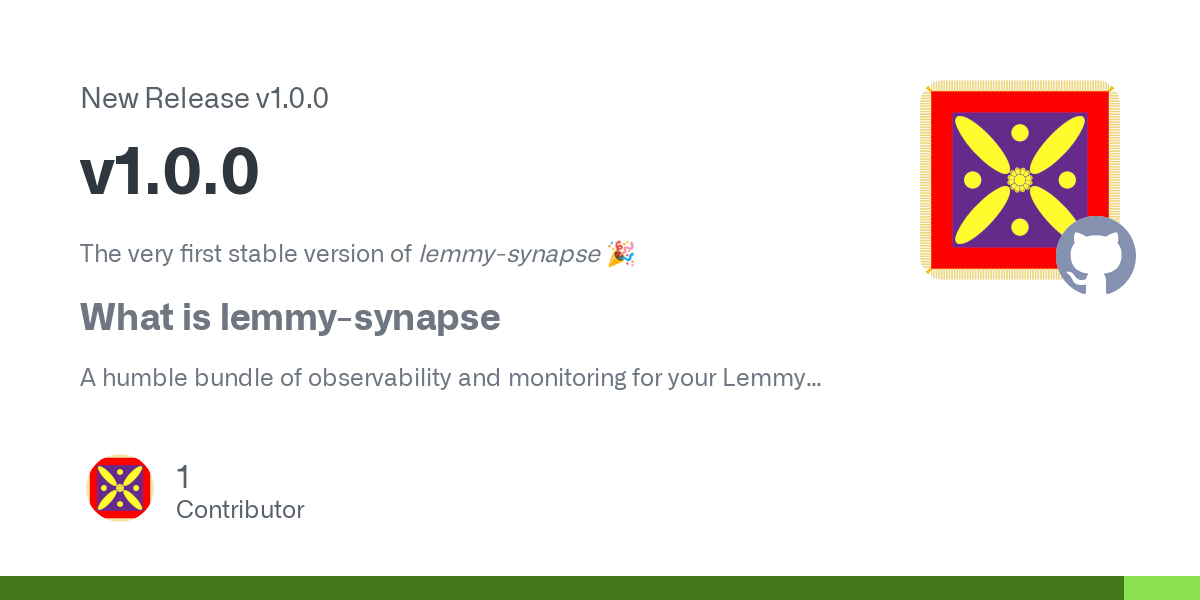


Thanks for the pointer! Very interesting. I actually may end up doing a prototype and see how far I can get.